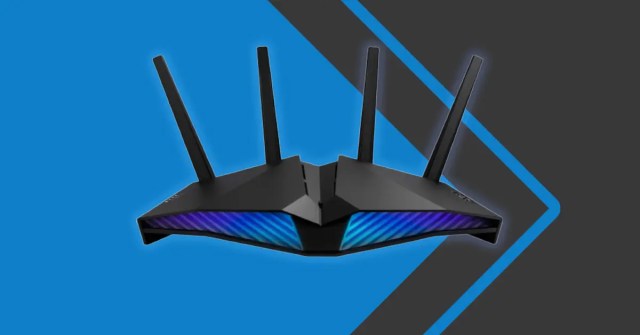
How Long Does It Take To Charge An Electric Car?
If you are planning to switch to electric vehicles, you might have noticed that how you refuel an internal combustion engine is different from that of electric vehicles. For the former, you drive to a fuel station and pump fuel into the tank. For the latter, you need to connect to the grid through a charger and fill up the battery with charge.
There is no doubt that refueling with petrol or diesel happens faster than plugging in the battery to charge. However, just how long does it take to charge an electric vehicle?
It is impossible to give a direct answer as there are many factors in play when you charge an electric car.
Keep reading on to see what determines how long your car stays charging.

Battery size
The first factor that will determine how long you stay plugged in is the capacity of your car’s battery. Electric vehicle batteries come in different sizes because the battery is the most expensive component and determines the car’s price tag. This is why the top electric vehicle trims tend to have bigger batteries and longer ranges.
For example, the Skoda Enyaq 80 packs a 77 kWh battery for a 331 miles range. When plugged to charge, it will stay longer to get full compared to a Nissan Leaf, if they both charge at the same speed.

A category of electric vehicles that usually have smaller batteries is PHEV or plugin hybrid electric vehicles. They will charge to the full faster courtesy of their smaller battery capacities.
Since electric vehicles do not charge at the same speed, we will next look at how charging speeds affect how long a car stays charging.
Charging speeds
Just as electric vehicles come with different battery sizes, their charging speeds differ. Under any detailed electric vehicle review, you will see the charging speeds. The internal charger plays a big role in determining the speed during AC charging which is capped at 22 kWh, however, some models, particularly older ones, have a limit of 11 kWh. It goes without saying that a car with a 22 kWh internal charger will charge to a full faster.
Apart from the limit on AC charging, your electric vehicle’s powertrain has a limit on the power the car can draw on DC charging. For example, the Ford Mustang Mach-E can accept up to 150 kWh while the Tesla Model Y takes up to 350 kWh on its Supercharger network.
This brings us to the kind of charger you use. Home chargers fall under Level 1 and Level 2 which are both AC powered. Level 1 is the slowest and you must be prepared to plug in for days as you get less than 3 kW per hour. However, Level 1 is the easiest to use as all it takes is to connect to a household socket.

Level 2 chargers are faster. This is why public places offer them as destination charging, which means you charge your car at a location where you go to do something else. Businesses such as restaurants, shopping malls, etc, offer them as perks for their customers, which means you can top up your battery while having dinner, for example.
Home charging can use Level 2 chargers as well, although you may need to do some modifications to your wiring during the setup. However, it is worth it as you can get a full charge of a typical electric vehicle in about 8 hours or the equivalent of plugging in overnight.
It is possible to charge a lot faster than Level 1 and Level 2 if you use DCFC or Direct Current Fast Charging. Using DC instead of AC, your battery can get filled up in about an hour, provided your car can accept all that power. However, you will have to drive over to the charging station, just like you do to buy fuel because the cost of installation and requirements of DCFC make it impossible for home use. They are usually operated by third-party companies that will charge you to use the chargers.
State of charge
Your battery state of charge (SoC) or battery percentage also affects the rate of charge. For example, you might have noticed that electric car reviews often state how long to charge from 20 to 80 percent. This is because the last twenty percent takes longer. It is advisable to switch from DCFC to Level 2 after reaching 80 percent to preserve your battery health. This means if you maintain your battery level between that percentages, your charging will take place faster.
The weather
As sophisticated as electric vehicles might be, they are not able to escape completely the effects of the weather as it affects how fast they can receive a charge. Cold temperatures impact the chemistry of a lithium-ion battery by slowing down the rate of reaction and reducing efficiency. As such, you might notice longer charging times during the winter.
Do you need to charge to the full each time?
Since you typically do not deplete your battery from 100 percent to zero every day, there is no need to charge fully each time. By grabbing every opportunity to regularly top up your battery, and also making use of home charging, you do not need to spend so long at the chargers each time.
Conclusion
So, there you have it. How long it will take you to charge your electric car depends on several factors. However, most of the factors are within your control, meaning you can make plans towards spending as little time as possible charging your vehicle.
Have you been using an electric vehicle? If yes, please share your charging experience in the comments below.






